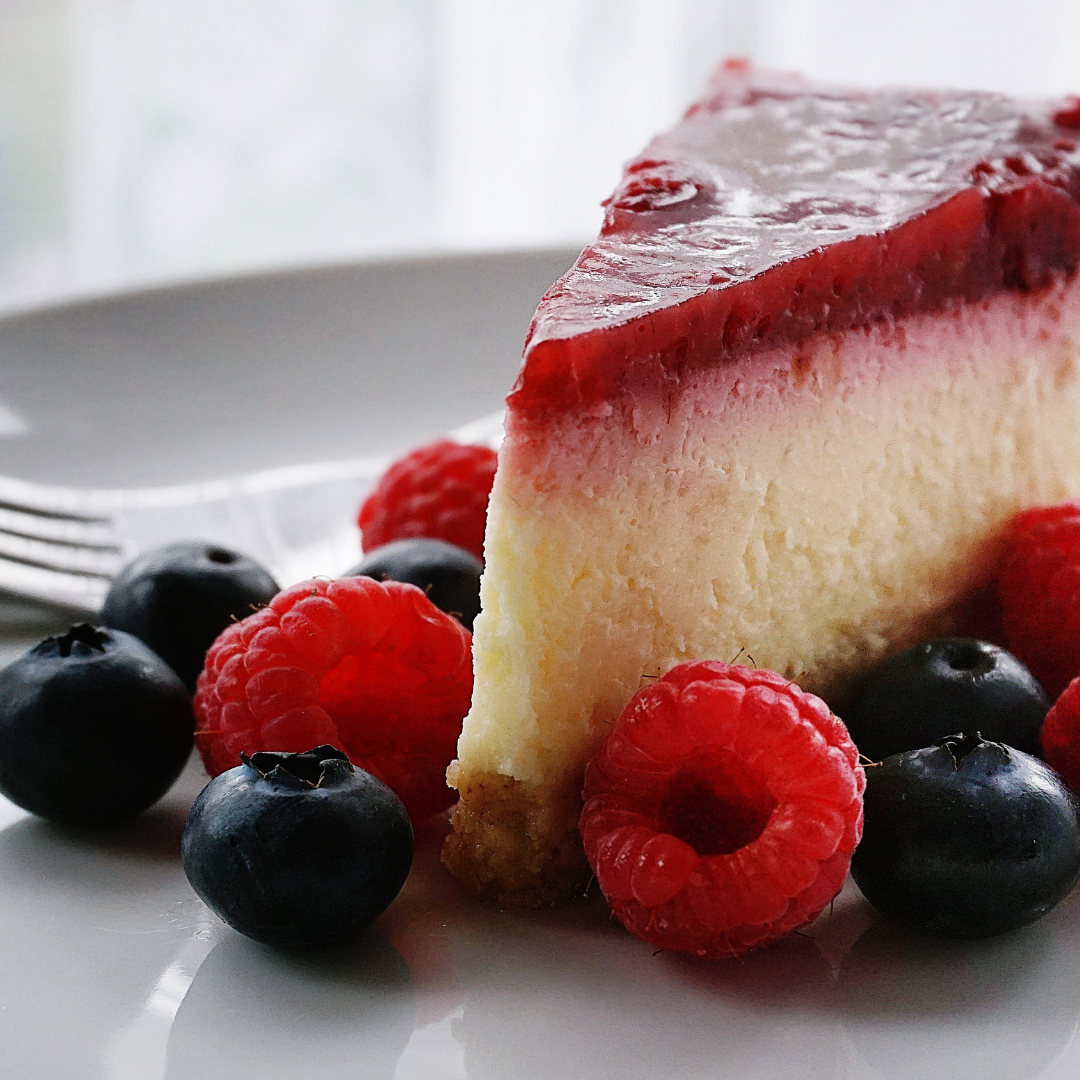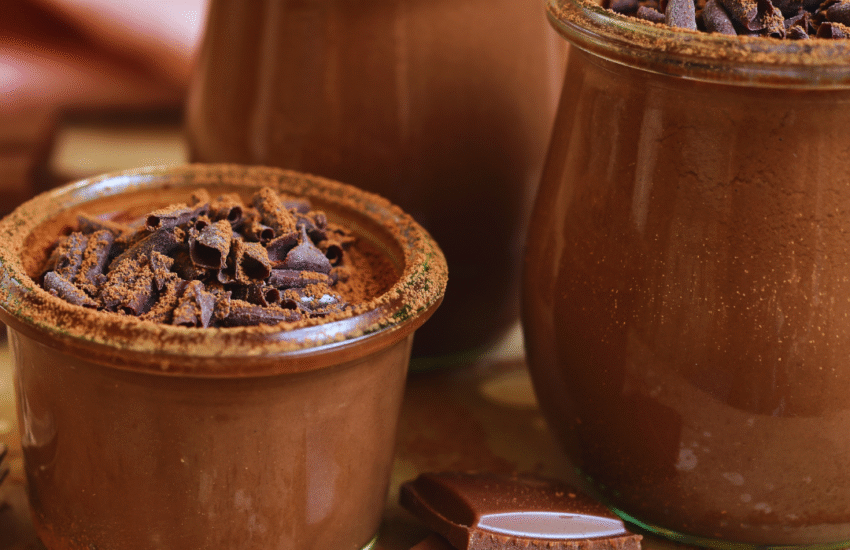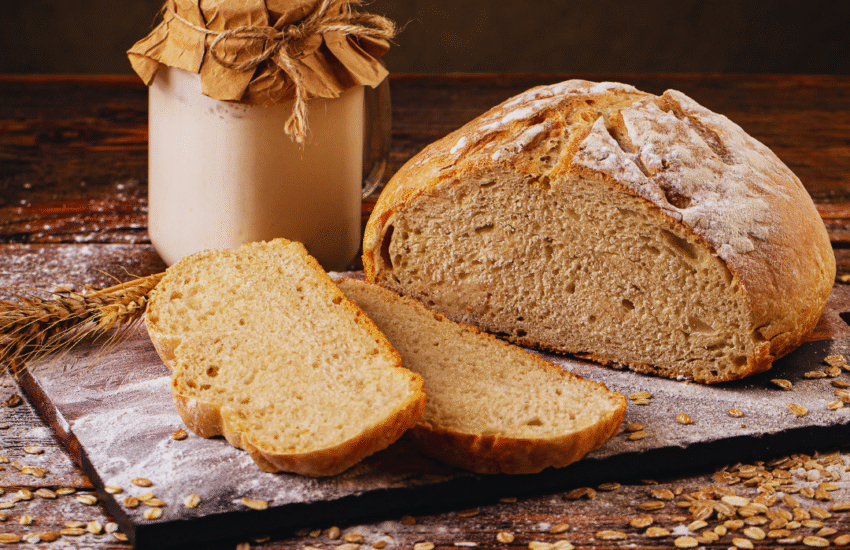How to Make Cheesecake: A Step-by-Step Guide to Perfecting the Classic Dessert
Cheesecake is a beloved dessert known for its smooth and creamy texture, offering a rich taste that appeals to many palates. Making cheesecake at home is simpler than it might seem, and with a few key ingredients, anyone can create this popular treat. The delightful combination of a buttery crust and velvety filling makes it a favorite for gatherings and special occasions.
In recent years, cheesecake has enjoyed a resurgence in popularity, inspiring creative variations that include everything from classic New York style to fruity toppings. Understanding the basic steps involved in crafting a cheesecake can open the door to endless flavor possibilities. This guide will provide straightforward instructions to help anyone master the art of cheesecake making.
Assembling Your Ingredients
To make a delicious cheesecake, selecting quality ingredients is essential for achieving the best flavor and texture. Every component plays a significant role in the final product, from the base to the filling.
Selecting Quality Ingredients
Quality ingredients can greatly influence the taste of the cheesecake. When choosing full-fat cream cheese, opt for reputable brands to ensure a rich and creamy texture. Granulated sugar should be fine and white, as it dissolves easily into the mixture. Vanilla extract is best when sourced from real vanilla beans rather than artificial versions.
Using fresh ingredients adds another layer of flavor. For the eggs, choose large, organic options; they provide a more vibrant color and better taste. Sour cream should be full-fat for a rich and smooth mouthfeel. Avoid low-fat or fat-free variations to maintain creaminess in the cheesecake.
Cheesecake Base Components
The base of a cheesecake is typically made from digestive biscuits and unsalted butter. Digestive biscuits should be crushed into fine crumbs to achieve a smooth consistency. It is important to use unsalted butter so that the total salt content can be controlled, allowing for a better balance in flavor. To make the base, combine about 200 grams of crushed biscuits with 100 grams of melted butter. This mixture should be pressed firmly into the bottom of the baking tin. It is crucial to ensure an even layer, as this will provide a stable foundation for the cheesecake. Allow the base to chill in the fridge for at least 30 minutes to set before adding the filling.
Filling Essentials
The filling is the heart of the cheesecake and should be creamy and flavourful. For the filling, combine full-fat cream cheese, about 600 grams, with granulated sugar, typically around 150 grams. This creates a sweet and creamy mixture. Adding three large eggs one at a time ensures proper incorporation without overmixing. This technique helps maintain the cheesecake’s creamy texture. Incorporate vanilla extract (1-2 teaspoons) and sour cream (about 200 grams) to enhance flavor and creaminess. Blending these ingredients until smooth is crucial. Pour the filling onto the chilled base and bake at a low temperature for a creamy finish. Proper mixing and baking techniques will yield a luscious cheesecake.
Preparing the Cheesecake Base
The cheesecake base serves as a crucial foundation, contributing to the dessert’s texture and flavor. Making a proper base involves creating a crumb mixture and then pressing it firmly into the pan.
Creating the Crumb Mixture
To prepare the crumb mixture, select a suitable biscuit, such as digestive biscuits or graham crackers. These options provide a rich flavor and a pleasant texture. Start by crushing the biscuits into fine crumbs. This can be done using a food processor or by placing the biscuits in a sealed bag and using a rolling pin. Aim for a uniform consistency without large chunks.
Next, melt butter, typically unsalted, until fully liquid. Combine the melted butter with the biscuit crumbs in a large bowl. The standard ratio is approximately 100 grams of biscuits to 50 grams of butter. Mix thoroughly until the crumbs are evenly coated and resemble wet sand.
Pressing the Base
Selecting a springform pan is essential for baking the cheesecake. Ensure it is properly greased to allow for easy removal after chilling. Transfer the crumb mixture to the bottom of the pan. Using the back of a measuring cup or fingers, press down firmly to create an even layer. It is important to apply consistent pressure to prevent the base from crumbling later. Once pressed, place the pan in the refrigerator to chill. This step allows the butter to firm up, solidifying the base. Chill for at least 30 minutes before adding the cheesecake filling for a stable structure.
Crafting the Filling and Baking
Creating a perfect cheesecake filling and baking it correctly are crucial steps for achieving a smooth and creamy dessert. Focus on mixing the filling to the ideal consistency, utilizing proper baking techniques, and avoiding common baking errors.
Mixing to Perfect Consistency
To achieve a smooth and creamy cheesecake filling, it is essential to start with ingredients at room temperature. This helps the cream cheese blend without lumps. Use an electric mixer on medium speed to incorporate the cream cheese with sugar until well combined.
Next, add eggs one at a time, mixing thoroughly after each addition. Scrape the bowl often to ensure even mixing. Incorporate other components, such as sour cream or vanilla extract, until the mixture is uniform. The result should be a thick yet pourable consistency, free from any lumps.
Baking Techniques and Water Bath
Baking cheesecake requires careful attention to temperature and method. Using a water bath is highly recommended for even cooking. Place the cheesecake pan inside a larger pan filled with hot water to create a humid environment, which prevents the top from cracking. Set the oven to a low temperature, typically around 160°C (320°F). This allows the cake to bake slowly, ensuring a smooth texture. Monitor the cheesecake closely and remove it from the oven when the edges are set but the center remains slightly wobbly. This will continue to set as it cools.
Avoiding Common Baking Issues
Cracking on the surface of a cheesecake is a common problem, often caused by rapid temperature changes. Ensure the cheesecake cools gradually in the oven with the door ajar before transferring it to room temperature. Another tip is to line the bottom of the pan with baking parchment to help with even cooking and easy removal. If the cheesecake is overbaked, it can lead to a dense texture. Following these steps will help ensure a visually appealing and delicious cheesecake.
Finishing Touches and Serving
Once the cheesecake has baked and cooled, a few finishing touches can elevate its taste and appearance. Attention to detail during this phase creates an inviting dessert that impresses.
Cooling and Setting
After removing the cheesecake from the oven, it needs to cool to room temperature. This step prevents condensation that can affect the texture. Once cool, it should be covered with plastic wrap and placed in the fridge for at least four hours, preferably overnight. This allows it to set properly and firm up. To ensure an even setting, it’s important to place the cheesecake on a flat surface in the fridge. This avoids any unnecessary tilting or wobbling. When ready to serve, ensure that it has a smooth, creamy texture that is easy to slice.
Adding the Toppings
Toppings can significantly enhance the flavor profile of the cheesecake. Popular options include whipped cream, fresh berries, or fruit compote. Each topping can be added according to personal preference. For a simple yet elegant look, a layer of whipped cream can be spread evenly on top. Fresh berries can be placed strategically across the surface, adding both color and flavor. If using fruit compote, a generous drizzle over the cheesecake creates a delightful contrast. It’s best to add toppings just before serving to maintain their freshness and texture. This keeps the cheesecake from becoming soggy and ensures the presentation remains appealing.
Presentation and Serving
To serve the cheesecake beautifully, choose a suitable serving plate. A decorative platter enhances its visual appeal. Careful slicing is important; a hot knife can help achieve clean cuts for neat slices. When slicing, cut into portions according to preference, typically six to eight slices. This allows guests to enjoy just the right amount. For added flair, consider garnishing each slice with a dollop of whipped cream or a few berries. Placing the cheesecake in the center of the table invites guests to help themselves. Offering various toppings on the side allows for individual customization, enhancing the dining experience.



